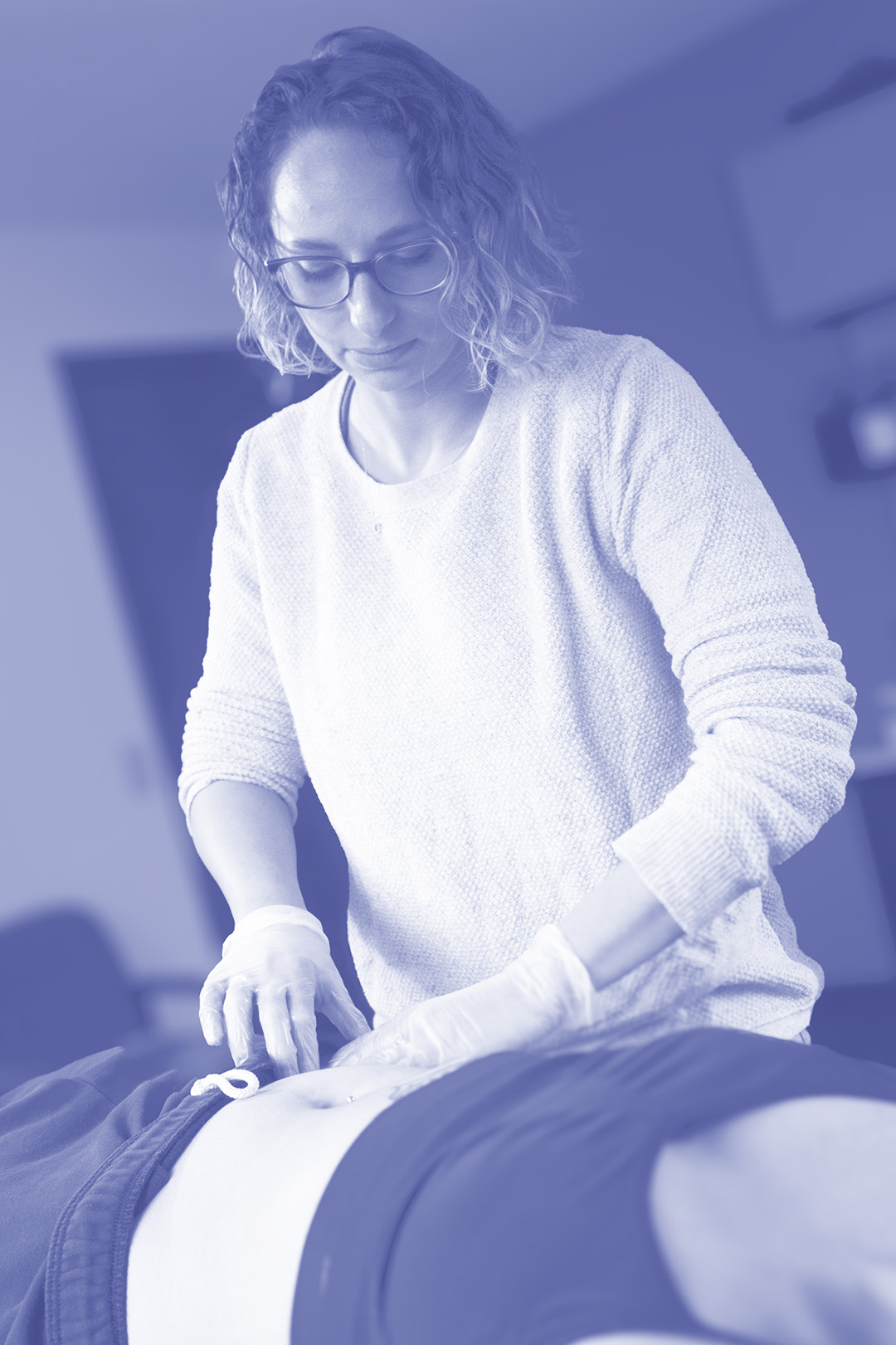Living with pelvic organ prolapse (POP) can be challenging, but there are many self-care strategies that can help you feel better day to day. Whether you’re already seeing a pelvic floor therapist or just starting to explore ways to manage prolapse on your own, these tips and exercises are safe, simple, and supported by evidence. Small changes in your daily habits – and a few minutes of exercise – can make a big difference in supporting your pelvic organs and reducing uncomfortable symptoms. Let’s empower you with some at-home care steps!
Healthy Habits to Reduce Strain on Your Pelvic Floor
One key to managing prolapse is minimizing unnecessary pressure on your pelvic organs. Here are some lifestyle tips to protect and even strengthen your pelvic floor:
- Maintain a healthy weight: Extra body weight adds downward pressure on the pelvic floor. Losing even a modest amount if you’re overweight can reduce that strain. Studies show weight loss can help reduce prolapse severity (source).
- Prevent constipation: Straining on the toilet is tough on your pelvic support tissues. Eat plenty of fiber, drink water, and use stool softeners or laxatives if needed (source).
- Don’t smoke (and manage coughing): A chronic cough from smoking or lung issues can constantly jar your pelvic organs downward. Quitting smoking can reduce progression of prolapse (source).
- Lift safely – or not at all: Avoid heavy lifting when possible. If you must lift, bend at your knees, exhale as you lift, and engage your pelvic floor before the exertion (source).
- Stay active, but choose low-impact exercise: Avoid activities like running or jumping that put pressure on your pelvic floor. Favor walking, swimming, or Pilates. These build strength without worsening prolapse (source).
By adopting these habits, you’re creating a pelvic-floor-friendly lifestyle. Not only can they help relieve current symptoms, they may also prevent your prolapse from worsening. Even if you pursue medical treatments like a pessary or surgery, these habits support better outcomes.
Pelvic Floor Exercises (Kegels)
We can’t talk about prolapse self-care without highlighting pelvic floor exercises, commonly known as Kegel exercises. These are the cornerstone of conservative treatment for POP. Doing Kegels consistently can improve mild-to-moderate prolapse symptoms and is recommended for prolapse prevention (source).
How to do a basic Kegel:
- Identify the right muscles: Pretend you’re trying to stop passing gas or urine. The internal squeeze you feel is your pelvic floor.
- Contract and lift: Squeeze and lift those muscles without tightening your belly, thighs, or buttocks. Breathe normally.
- Hold for 3–5 seconds: Start small and build up to longer holds as your strength improves.
- Release and relax: Let the muscles go fully and relax for a few seconds.
- Repeat 10 times: Do this 2–3 times per day, building a regular habit.
Think of Kegels like a workout: you need consistency over weeks or months to see real results. Many women notice improved symptoms in 4–8 weeks and even more by 3 months.
Tips for success:
- Don’t push down – focus on a gentle lift.
- Don’t overdo it. Too many reps can fatigue the muscles.
- Don’t practice while urinating – this can lead to bladder issues.
- Be patient and consistent – results take time but are well worth the effort.
In Conclusion
Making these self-care practices part of your routine can empower you in managing pelvic organ prolapse. Be patient with yourself – improvements happen gradually. With daily habits and exercises, you’ll build a stronger, healthier pelvic floor. Many women regain confidence and comfort by taking an active role in their pelvic health. You’re not alone, and with the right tools and mindset, you can feel better.

